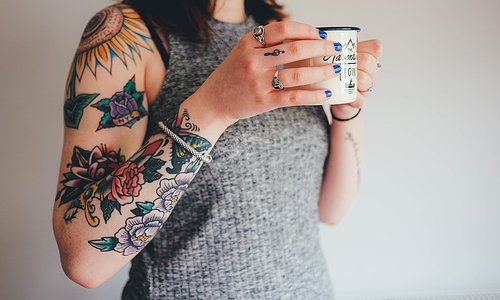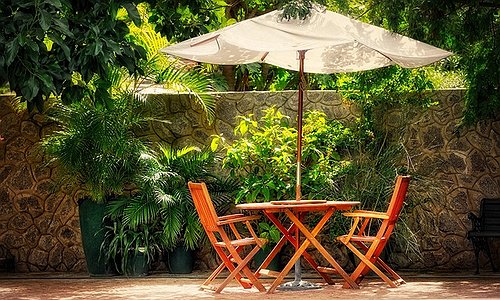KarooCoin? How wool could power a local crypto economy
KarooCoin, a locally grounded, blockchain-backed token, could be the next leap for South Africa’s semi-arid heartland. Rooted in the region’s sheep and wool economy, the coin could offer small-scale farmers new financial tools to weather droughts, price shocks, and supply chain constraints, while reinforcing communal economies and incentivizing sustainable practices.
How Agrotoken works, and what the Karoo can learn
Agrotoken’s model is simple yet powerful. Argentine farmers deposit a set quantity of agricultural produce (e.g., 1 ton of soybeans) with a certified silo. In return, they receive a digital token representing that specific quantity of the crop. These tokens, backed 1:1 by real-world assets, can then be used as collateral for loans, payment to suppliers, or even traded on digital marketplaces.
The blockchain provides a secure and transparent ledger, ensuring no double-spending and full traceability. The result? Farmers tap into liquidity without selling their crops prematurely or relying on traditional banks, which often underserve rural communities.
Now let’s translate that model to the Karoo.
The case for KarooCoin
In the Karoo, farmers could peg a digital token, KarooCoin, to livestock or wool. For example:
• 1 KarooCoin = 1 kilogram of certified Merino wool
• Or = 1 lamb ready for market
• Or = a water-credit unit during drought cycles
These tokens could be issued when produce is verified and stored, say, at regional shearing stations, abattoirs, or agricultural hubs. Once tokenized, the KarooCoin could be used to:
• Secure microloans from fintech providers
• Buy feed, vaccines, or diesel from partner suppliers
• Trade within a local circular economy, especially in co-ops
• Reward regenerative farming practices, like veld restoration
Such a system would unlock working capital without forcing early sales at low prices, especially during tough seasons. It would also promote trustless transactions - no middlemen needed, just verified smart contracts.
Building the infrastructure
To make KarooCoin viable, several pillars need to be in place:
• Verification hubs: Regional partners (shearing sheds, markets, warehouses) would need to verify and certify stored products, much like silos do in Argentina.
• Token standards: A regulatory framework to peg tokens to livestock, wool, or other assets with consistent metrics and trust.
• Mobile-friendly platforms: Given rural connectivity issues, interfaces would need to work offline or with minimal data, offering farmers easy access via smartphones.
• Partnerships: Co-ops, NGOs, or universities could play a vital role in education, onboarding, and system design.
Critically, the success of KarooCoin would rely on community buy-in and a clear utility. It should solve everyday problems for farmers—cashflow gaps, price vulnerability, input shortages, not just act as a tech gimmick.
The bigger picture
KarooCoin could be more than just currency. It could become a symbol of regional self-sufficiency. A way to reinforce local value chains, support conservation agriculture, and give small-scale farmers the kind of financial tools once reserved for large commercial operations.
In a region where climate change is rewriting the rules of survival, a token like KarooCoin could offer adaptability without losing touch with tradition. After all, the Karoo has always been about cooperation and ingenuity.




